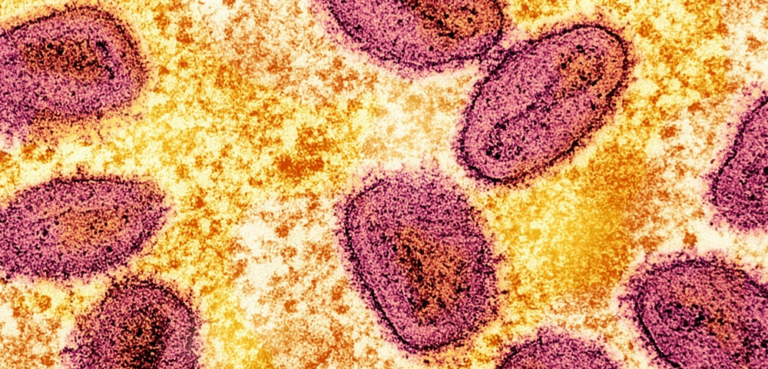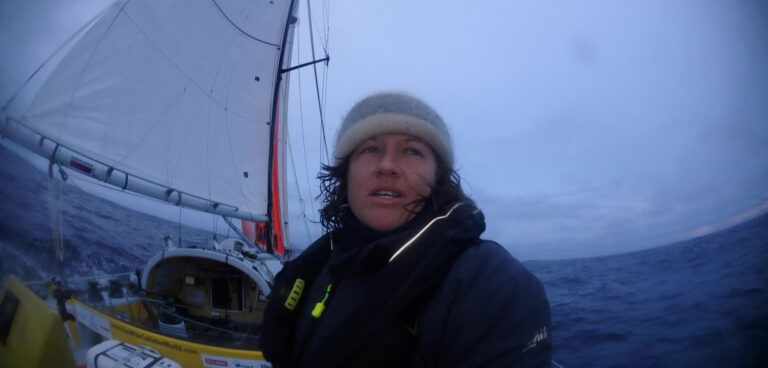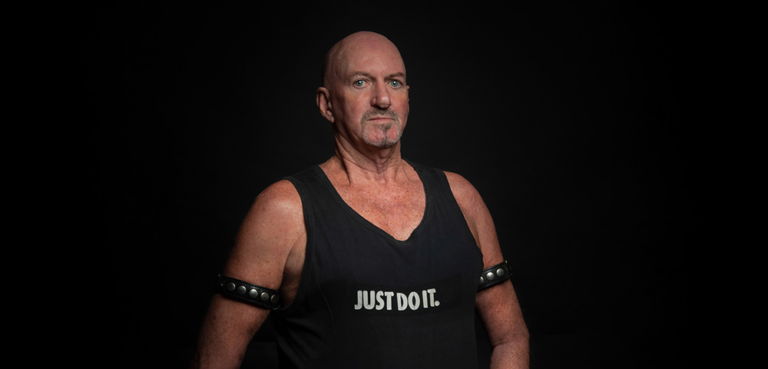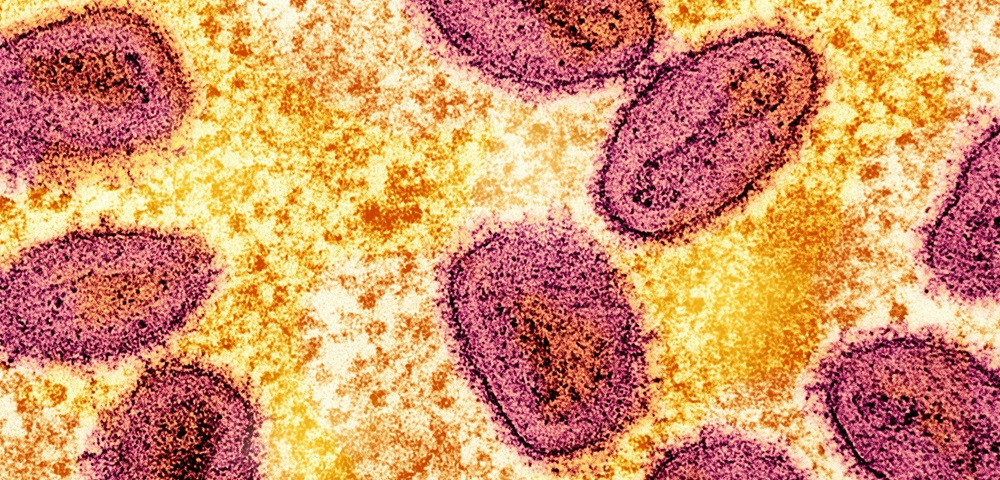
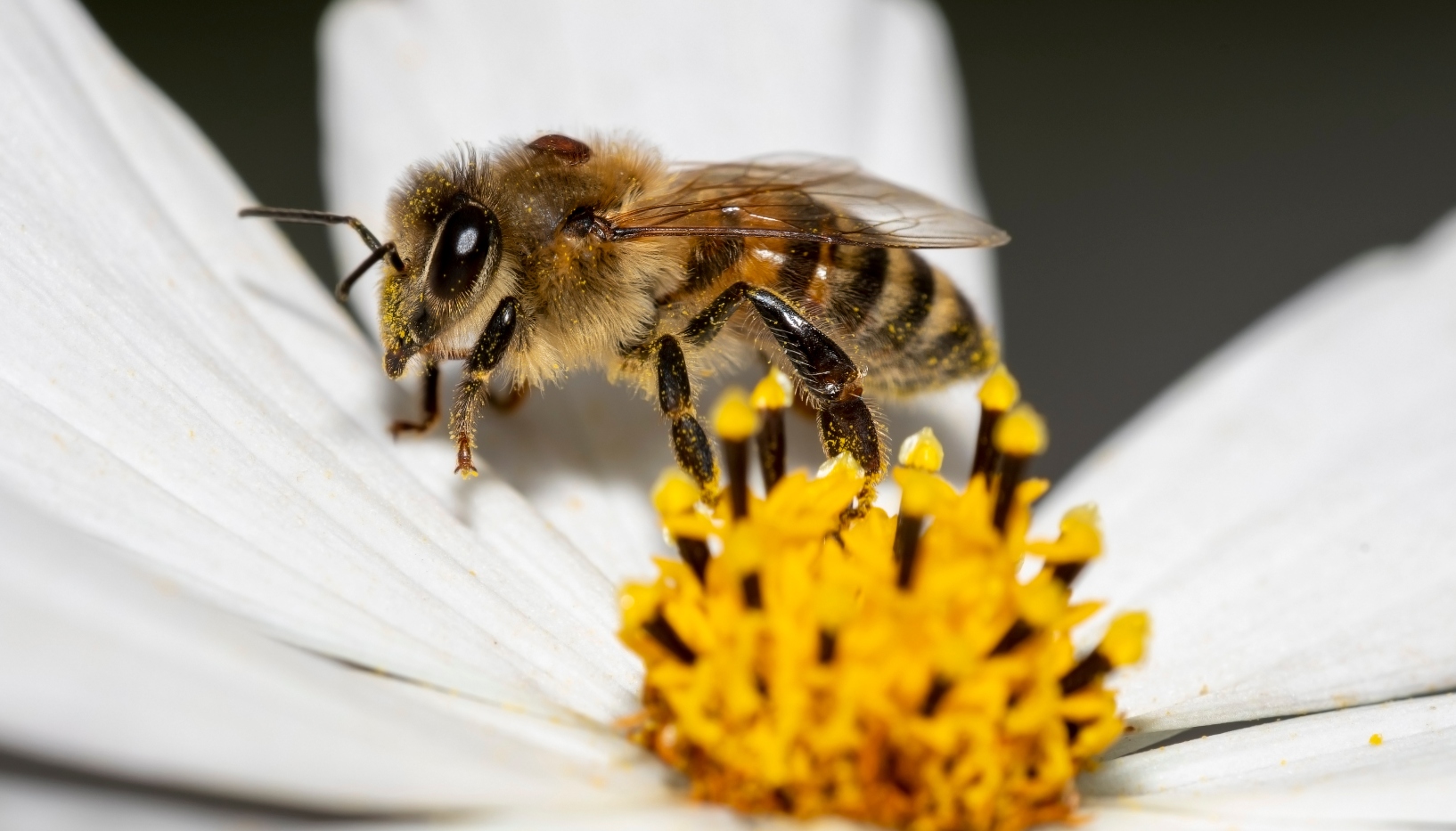
by JOHN MOYLE
This story concerns the fight between some of Australia’s most experienced beekeepers and the NSW Department of Primary Industries and the right to keep the county pest free, but at what cost?
In 2022 when the Varroa mite was found in bee hives in Northern NSW, the DPI announced a Bio Security Emergency order.
It is thought that the mite may have entered Australia through the port of Newcastle via smuggled queen bees.
The mite is a tiny red-brown external parasite on which the adult mite feeds on the adult honey bee, but not native bees.
The Varroa destructor, the species in question, is suspected of having originated in Siberia before escaping into European and later North and South American and Asian hives.
Little data is available before 2000 but Russian hives have co-existed with the mite since the 1930s.

The DPI reacted with a find and destroy operation for the infected area.
“All activities of the response, including tracing and containment active ties, were based on scientific data collected from decades of national and International experience, including those from the United States and New Zealand,” a spokesperson from the NSW Department of Primary Industries said.
“Over the course of the initial 15-month eradication plan the Varroa Mite Emergency Response, led by the NSW Department of Primary Industries, helped contain and limit the spread of the destructive mite, which in turn helped minimise and mitigate financial impact on Australia’s $264 million honey and pollination dependent industries.”
The response from many of the affected beekeepers in the infected areas accuses the department, not the mites for being destructive, to the point that at one stage some were considering a $140 million class action against the DPI.
“I have calculated $300-600 million in damages across NSW,” beekeeper Dolfi Benesh said.
“The government has gone into a problem in full force, done all the mistakes possible.
“No intention was made for compensation as part of the eradication plan, to the extent that it’s hard to tell what is to be eradicated, the beekeepers?”

Steve Fuller, along with brother Wayne, operates Bee Services, one of the state’s largest pollination services in Northern NSW and sits on numerous industry organisations.
Fuller claims that many countries around the world have learned to live with the Varroa mite and that the destruction of 30,000 hives was unnecessary.
He also said that the action cost him between $1.5 to $2 million and left him unable to service local orchards and berry farms.
“People have been living with Varroa around the world since 1971 and the reaction of the DPI was in-proportional and not professional,” Fuller said.
“There were scientists here, New Zealand and America and they did not want to listen.”

Many would know Simon Mulvany from his Save the Bees community posts and is a beekeeper who has an ongoing campaign against honey giant Capilano for using imported honey and honey substitutes.
“What the DPI did was that they went on a killing spree and simultaneously allowed hive movements, “Simon Mulvany, bee activist said.
“What bee keepers in Australia are furious about is that the DPI allowed hives from areas like Kempsey, a high risk area, to cross the Victorian border, and while they were killing bees in NSW, they allowed all of the beekeepers in Queensland a special permit when they returned from the almonds, even though they might have been exposed to the mite.”
Mulvany also claims that the has been contacted from people overseas saying, “Don’t use chemicals to control the mite because the mite gets resistance really quickly and then it is a never ending race.”

They were referring to chemicals including Apistan which clams to kill 99 per cent of the Varroa mite but is not harmful to the bees.
Another claim levelled at the DPI is the way in which DPI appointed officers interacted wth the beekeepers.
“They came with unsterilised cars and equipment and I felt that I am dealing with a gang that were over-powered by unlimited power to do whatever they wanted,” Benesh said.
“Where are the limits to the DPI and what is the control mechanism on the DPI?
“The government has gone into problem with full force, and done all the mistakes possible.
“Varroa has been on the radar in NSW since the early 2000s, and we had a plan in place around 2011 but (DPI) they didn’t listen.”
Benesh also claims that the DPI did nothing about feral hives which could have been infected.
While the DPI does a lot of good work it is also obvious that they need to deal with any infestations with better sensitivity and learn to also take onboard scientific advise that may be contrary to their current mindset.
After all, we also have the cane toad, fire ants, carp, rabbits, foxes, feral deer, feral horses, feral cats, feral dogs and feral pigs to deal with.
